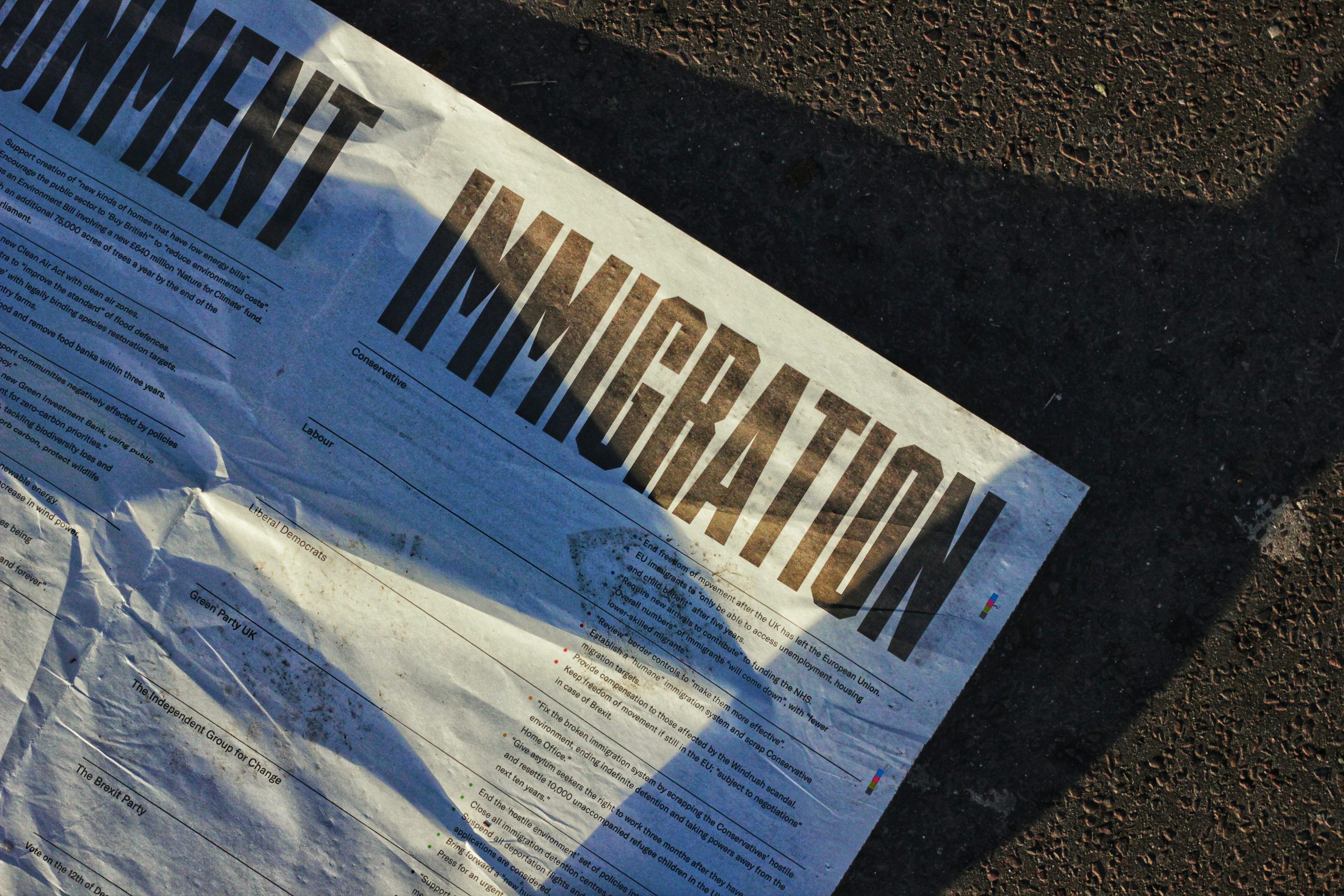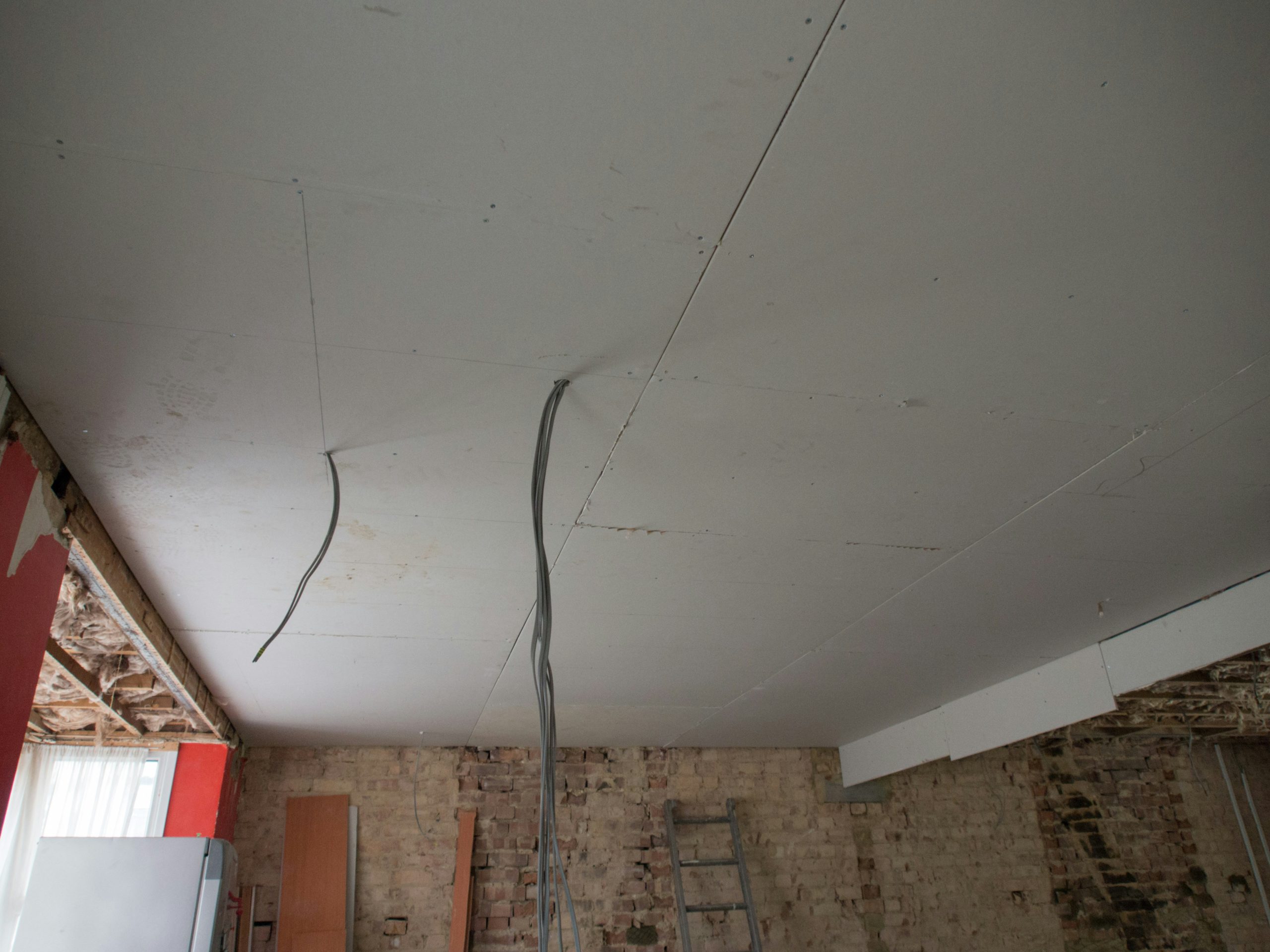ILR After 5 Years: Step-by-Step Guide for UK Settled Status
Securing Indefinite Leave to Remain (ILR) is one of the most important milestones for migrants in the UK. After five years of lawful residence under qualifying visa categories, applicants may be eligible to apply for ILR — the first step toward permanent settlement and ultimately, British citizenship.
This guide breaks down the full process, including eligibility, documentation, and tips to maximise your chances of success in 2025.
What Is Indefinite Leave to Remain?
Indefinite Leave to Remain (ILR) grants the right to live and work in the UK without immigration restrictions. It is a form of permanent residence that can eventually lead to naturalisation as a British citizen.
Holders of ILR no longer need to apply for visa extensions and can access public funds and services. However, ILR status can lapse if the holder spends more than 2 years outside the UK.
Who Can Apply for ILR After 5 Years?
Most applicants apply for ILR after spending five continuous years in the UK under an eligible visa route. These include:
- Spouse or Partner Visa
- Skilled Worker Visa (formerly Tier 2 General)
- UK Ancestry Visa
- Innovator or Global Talent routes (in some cases)
- Refugee or Humanitarian Protection (after 5 years)
Other routes, such as Long Residence (10 years) or Private Life, have different timelines and requirements.
Key Eligibility Requirements
To qualify for ILR after 5 years, applicants must:
- Have spent 5 continuous years in the UK on a qualifying visa route
- Meet the financial and accommodation requirements (for family-based applications)
- Pass the Life in the UK test
- Meet the English language requirement (usually at B1 CEFR level)
- Not have breached any immigration laws or criminal convictions
- Provide biometric information (fingerprints and photo)
Life in the UK Test
The Life in the UK Test is a mandatory requirement for all ILR applicants (except those exempt due to age or disability).
Key facts:
- Must be taken at an approved test centre
- Covers British history, law, culture, and values
- 24 questions in 45 minutes
- Pass mark: 18 correct answers
Prepare using the official handbook and take practice tests beforehand.
English Language Requirement
Most applicants must prove English language proficiency to at least B1 CEFR level.
Ways to meet this requirement:
- Pass an approved English test (e.g. IELTS Life Skills B1)
- Hold a degree taught in English
- Be a national of a majority English-speaking country (e.g., USA, Canada, Australia)
Continuous Residence Explained
Continuous residence means you have not been absent from the UK for more than:
- 180 days in any 12-month period during the 5-year qualifying period
- Total absences must not break the continuity (unless exemptions apply, such as COVID-19-related travel issues)
Document all absences carefully and provide evidence of travel dates where needed.
Documents Checklist for ILR
- Current passport or travel document
- BRP (Biometric Residence Permit)
- Proof of 5 years’ continuous lawful residence
- Payslips and bank statements (if required)
- English language certificate or degree confirmation
- Life in the UK test pass notification
- Proof of relationship (for partners or dependents)
- Accommodation details (e.g., tenancy or mortgage)
- Absence evidence (travel records, entry/exit stamps)
How to Apply: ILR Step-by-Step
- Check eligibility: Confirm your visa route qualifies and ensure continuous residence
- Book your Life in the UK test: Prepare and pass the test
- Pass the English language requirement: Take the test or collate your degree evidence
- Gather supporting documents: Ensure all evidence is clear, certified, and well-organised
- Complete the online application: Use the Home Office portal to apply for ILR
- Pay the fee: £2,885 per applicant (subject to change)
- Book a biometric appointment: Upload documents and attend the appointment
- Wait for a decision: Standard processing time is 8 weeks; priority options available
Common Reasons for ILR Refusal
- Gaps in continuous residence
- Absences over the 180-day limit
- Incorrect or missing documents
- Failing the Life in the UK or English test
- Criminal convictions or pending charges
If refused, you may be able to:
- Request an administrative review
- Reapply with improved evidence
- Appeal, depending on visa route and refusal reasons
ILR for Dependants
Family members can apply for ILR at the same time or separately, depending on their visa type and length of residence.
Requirements for children or partners:
- Must have completed the required residency period
- Meet English and Life in the UK test requirements (if aged 18+)
- Submit a separate application with relevant documents
What Happens After You Get ILR?
Once granted:
- You can work and live in the UK with no immigration restrictions
- You can access benefits and public funds
- You can use ILR as a basis to apply for British citizenship (after 12 months, in most cases)
Remember to:
- Avoid staying outside the UK for more than 2 years
- Keep your documentation safe for citizenship application
Path to British Citizenship
After 12 months on ILR (or immediately if married to a British citizen), you may apply to become a British citizen.
Requirements include:
- Continued residence
- Good character (no serious criminal offences)
- Pass another Life in the UK test if not already passed (if needed)
Final Tips for ILR Success
- Track all travel and absences during your stay
- Use a document checklist and file your paperwork early
- Prepare for the Life in the UK test well in advance
- Don’t rely on outdated guidance — use official sources
- Consider legal help if unsure about eligibility or history
Applying for ILR after five years in the UK is a significant step toward securing your future. With accurate documentation, clear timelines, and a strong understanding of the rules, the process can be handled smoothly. Make sure your application reflects your full story — backed by facts, evidence, and preparation.
Call Hi Solicitors on 01204 371414 to discuss your indefinite leave to remain queries.





